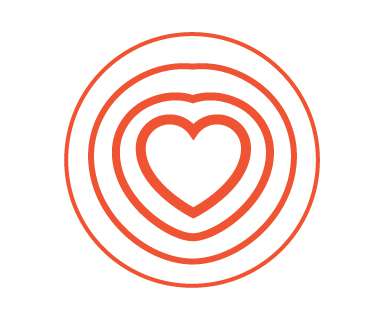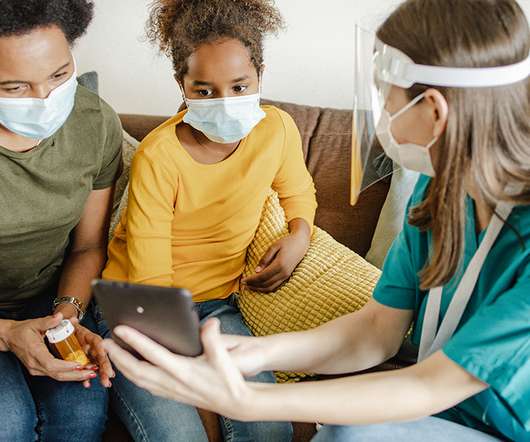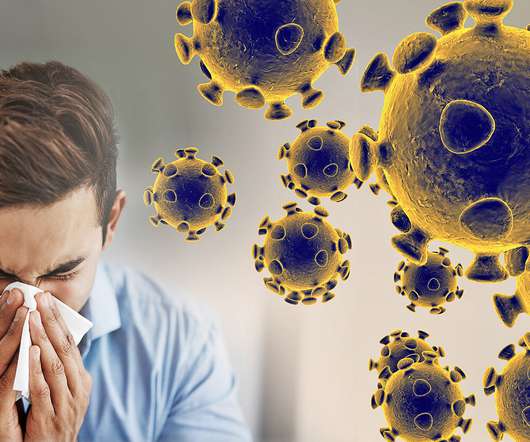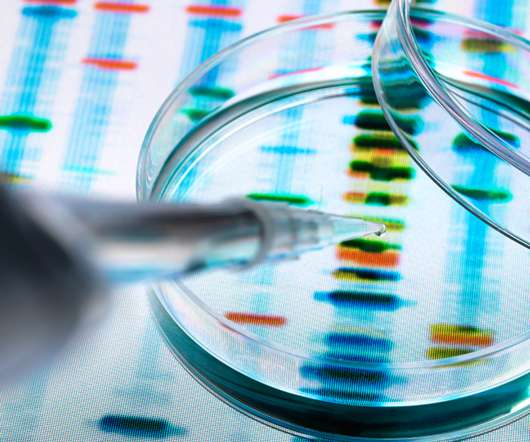Conclusion to the Symposium: From Principles to Practice: Human Rights and Public Health Emergencies
Bill of Health
JANUARY 18, 2024
In doing so, we encouraged contributors to comment on the Principles’ potential usefulness as guidance in addressing real emergency situations, as well as any possible gaps and weaknesses. They also were intended to be of application to a wide range of emergencies, not public health emergencies specifically.





















Let's personalize your content